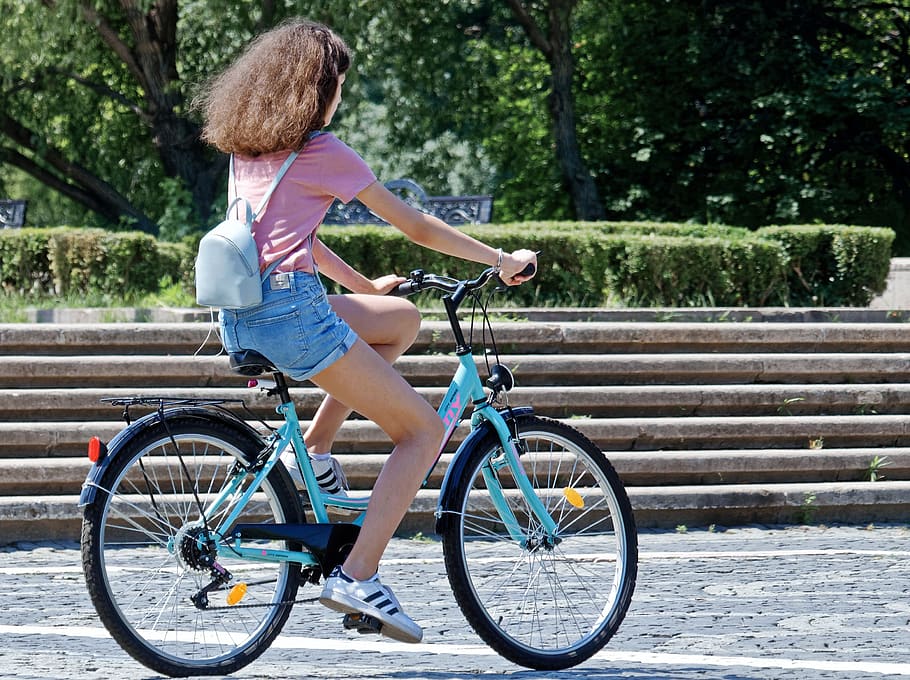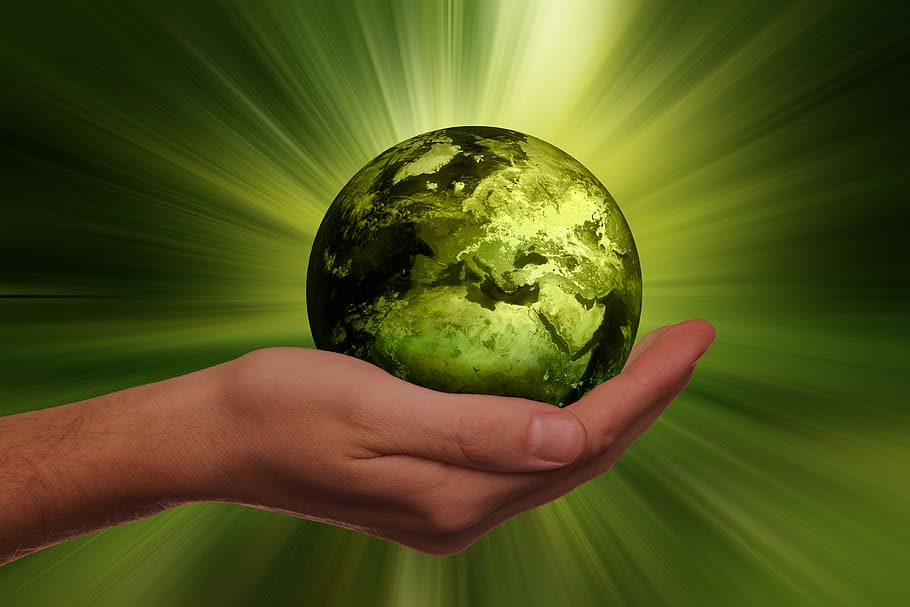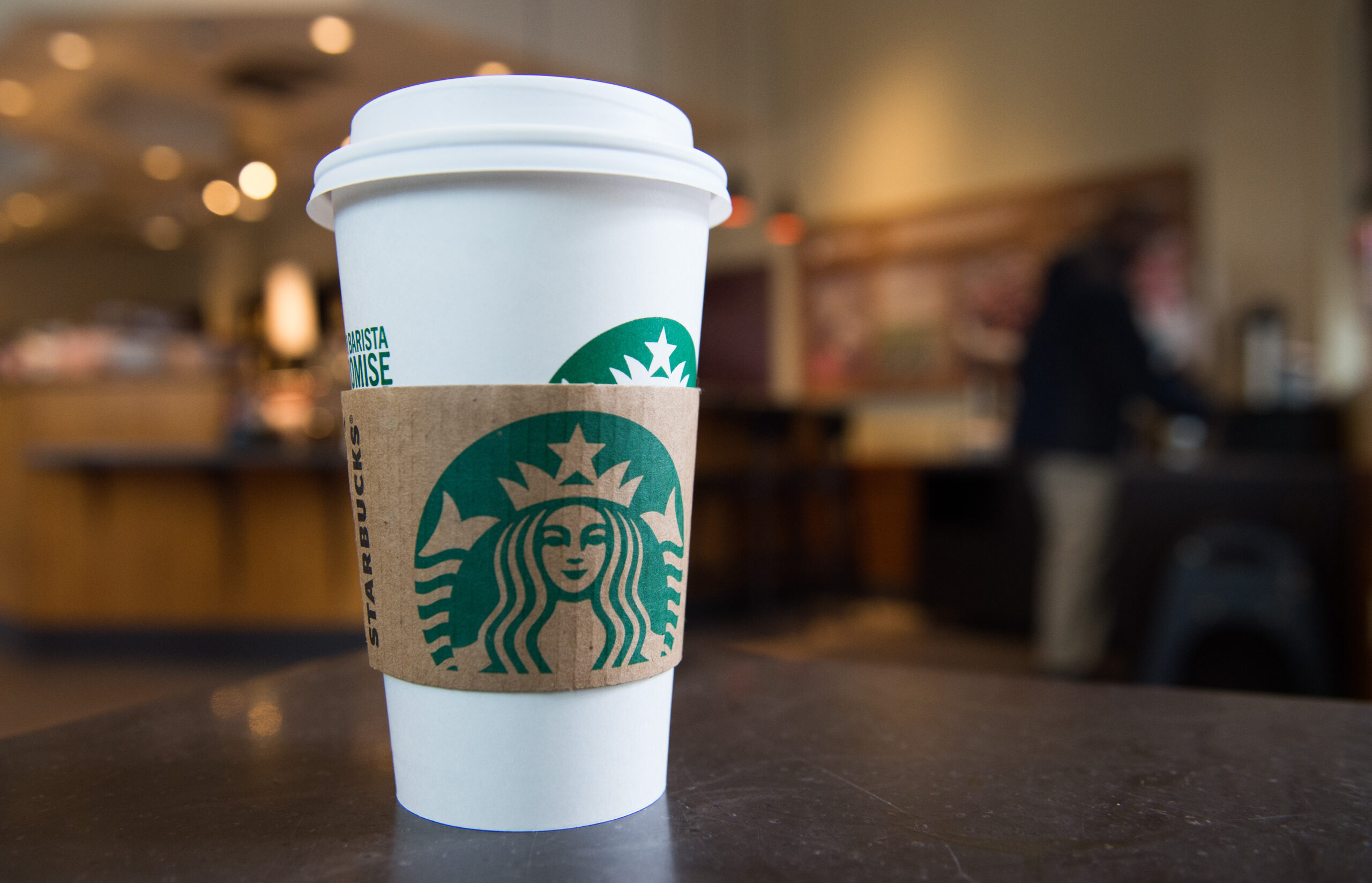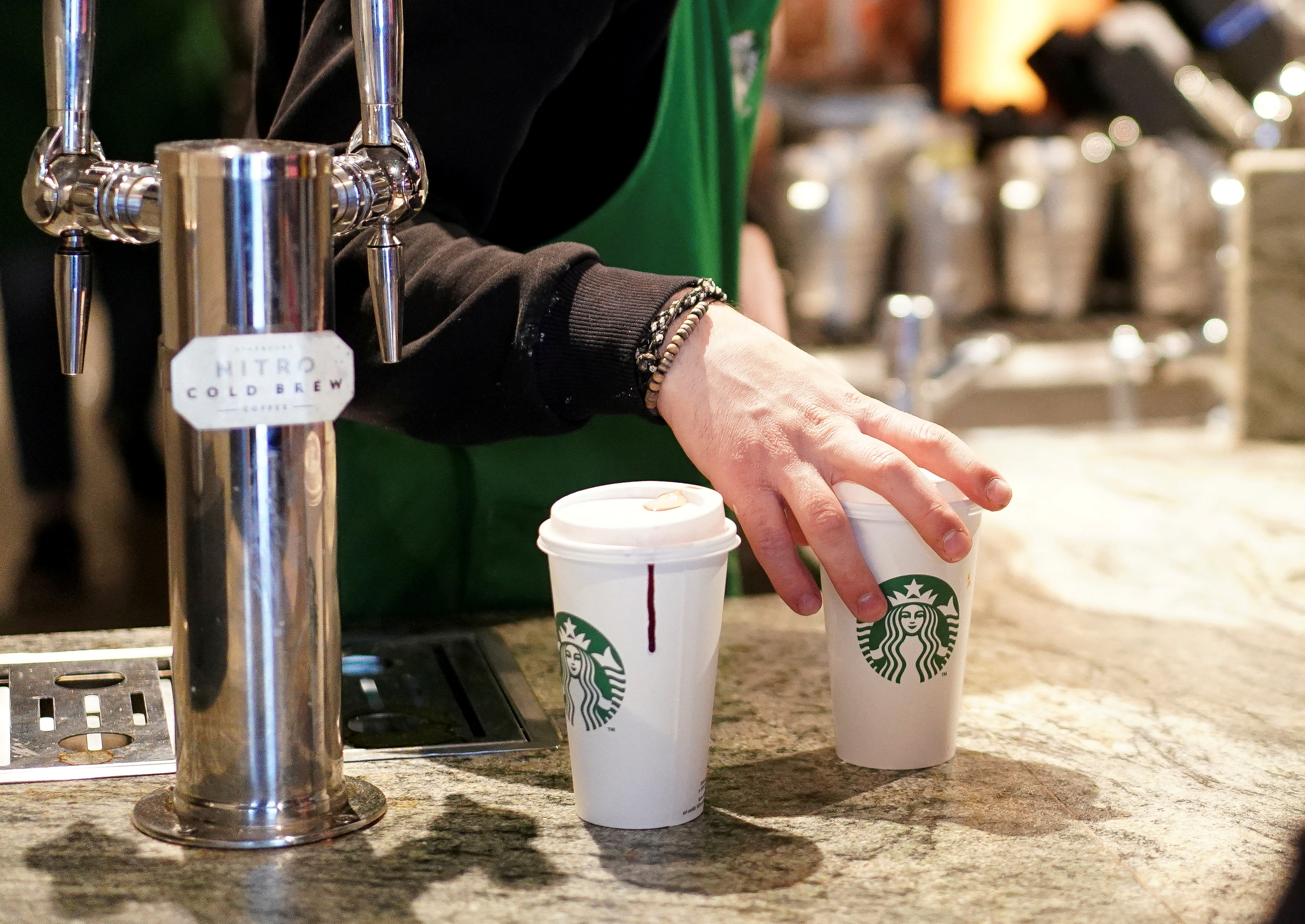Hey there, eco-warriors and planet-conscious folks! Today, we’re diving into the world of sustainability, breaking it down into bite-sized pieces so you can start making a real difference. Buckle up, because we’re about to embark on a journey toward a greener, cleaner future!
What is Sustainability Anyway?
Alright, let’s get the basics down. Sustainability is like the golden rule for the planet. It’s all about living in a way that doesn’t harm the environment or deplete its resources. Think of it as a balance between taking from Mother Earth and giving back.
How Can You Be More Sustainable?
- Reduce Your Carbon Footprint: Your carbon footprint is like your environmental shadow. The smaller it is, the better. Start by driving less, carpooling, or using public transport. Better yet, switch to a fuel-efficient vehicle or go electric. Every mile you don’t drive solo makes a difference.
- Save Energy: Turn off lights, unplug chargers, and switch to energy-efficient appliances. You’d be amazed at how much energy you can save by simply being mindful of your usage. Plus, it’ll save you some bucks in the long run!
- Cut Water Waste: Fix those leaky faucets and opt for a low-flow showerhead. It’s not just about saving water but also reducing the energy needed to heat it. Double win!
- Waste Less Food: Did you know that a significant chunk of our food ends up in the trash? Plan your meals, buy only what you need, and get creative with leftovers. Composting is your best friend here too.
- Embrace the Three R’s: Reduce, reuse, and recycle! Buy products with less packaging, reuse containers, and recycle everything you can. It’s a small effort that adds up.
- Support Sustainable Brands: When you shop, look for products from companies committed to sustainability. These businesses are often doing their part to reduce waste and carbon emissions.
- Grow Your Own: If you have a bit of green space, consider planting a garden. Even if it’s just a few herbs on your windowsill, every little bit of home-grown produce counts.
- Go Digital: In this digital age, we can reduce paper usage by going digital with bills, documents, and even books. E-books and e-readers are game-changers.
Sustainable Living in the Kitchen
Your kitchen is a sustainability goldmine! Here’s how to make it work for the environment and your wallet:
- Ditch Single-Use Plastics: Swap out plastic bags and containers for reusable ones. Glass, stainless steel, and silicone options are fantastic.
- Shop Locally: Supporting local farmers and markets not only boosts your community but also reduces the carbon footprint of your groceries.
- Meal Planning: Plan your meals for the week to minimize food waste. It’s like a budget for your kitchen!
- Energy-Efficient Appliances: When it’s time to replace appliances, opt for energy-efficient models. They may cost a bit more upfront but will save you money and energy in the long haul.
Eco-Friendly Home Improvements

If you’re up for a bit of a project, consider these eco-friendly home improvements:
- Solar Panels: Install solar panels on your roof to generate clean, renewable energy. Some places even offer incentives and tax breaks for going solar.
- Insulation: Properly insulate your home to reduce heating and cooling costs. You’ll stay comfortable and save money while cutting down on energy usage.
Sustainable Transportation

Let’s talk about how you get around. Your choice of transportation has a big impact on the environment.
- Carpooling: Share rides with friends or coworkers. Fewer cars on the road mean fewer emissions.
- Public Transport: Use buses, trams, or trains when possible. They’re often more energy-efficient than private cars.
- Biking: If you live close to work or school, consider biking. It’s not only eco-friendly but also a great way to stay in shape.
- Electric Vehicles (EVs): EVs are becoming more affordable and accessible. If you’re in the market for a new car, explore the electric options.
Getting Your Community Involved
Remember, you’re not alone in this journey towards sustainability. Get your friends, family, and community involved:
- Educate: Share what you’ve learned about sustainability with others. Knowledge is power!
- Group Efforts: Organize community clean-ups, tree-planting events, or eco-friendly workshops. Together, you can make a bigger impact.
The Power of Small Changes
Now, you might be thinking, “What difference can these small changes really make?” Well, here’s the thing: when millions of people make small changes, they add up to something enormous. Every eco-friendly choice you make reduces your impact on the planet and inspires others to do the same.
So, there you have it – a simple guide to help you kickstart your journey towards sustainability. Remember, it’s not about being perfect but making progress. Start small, and as you get comfortable, challenge yourself to do even more. The Earth will thank you for it, and so will your future generations.



